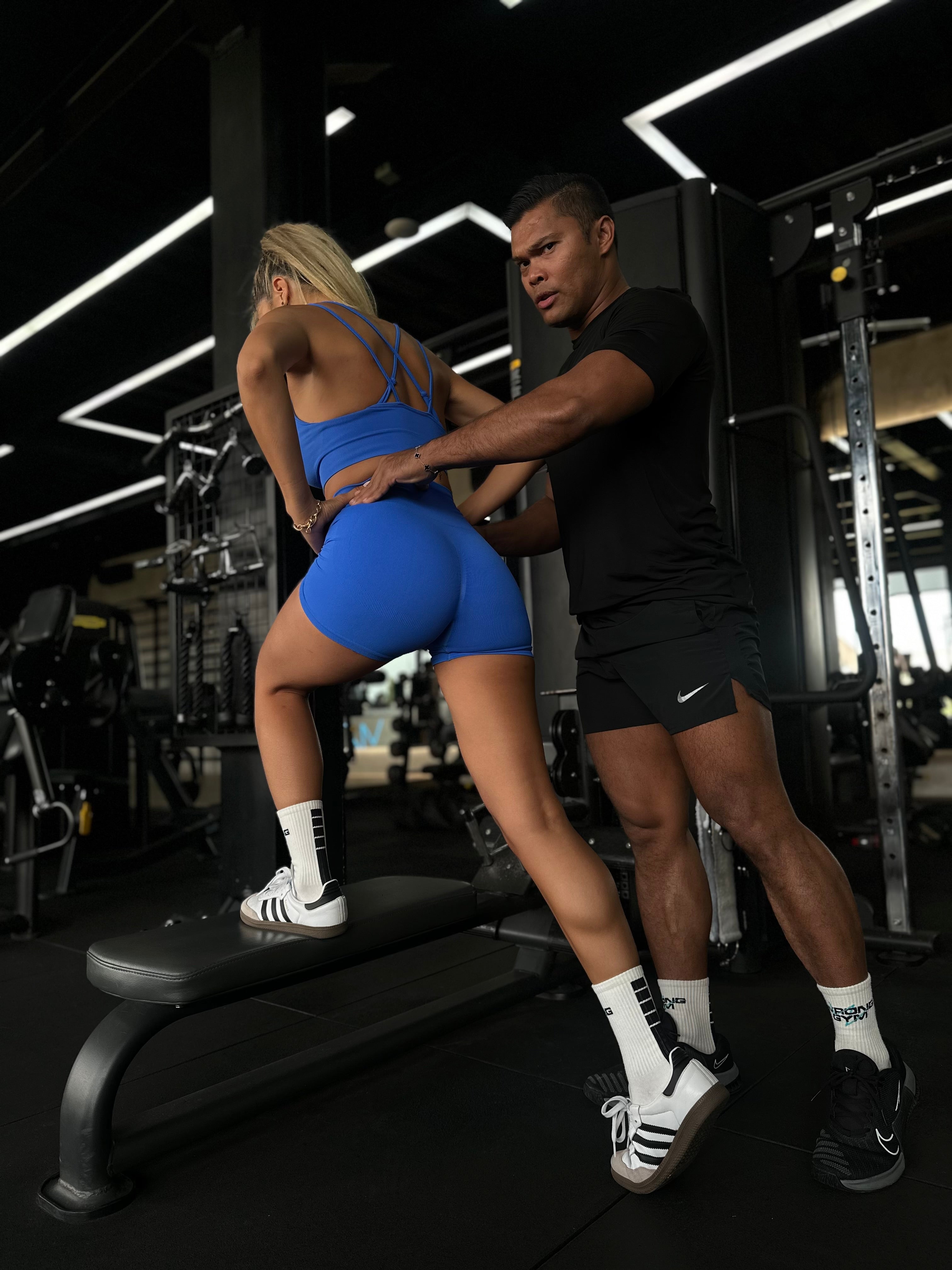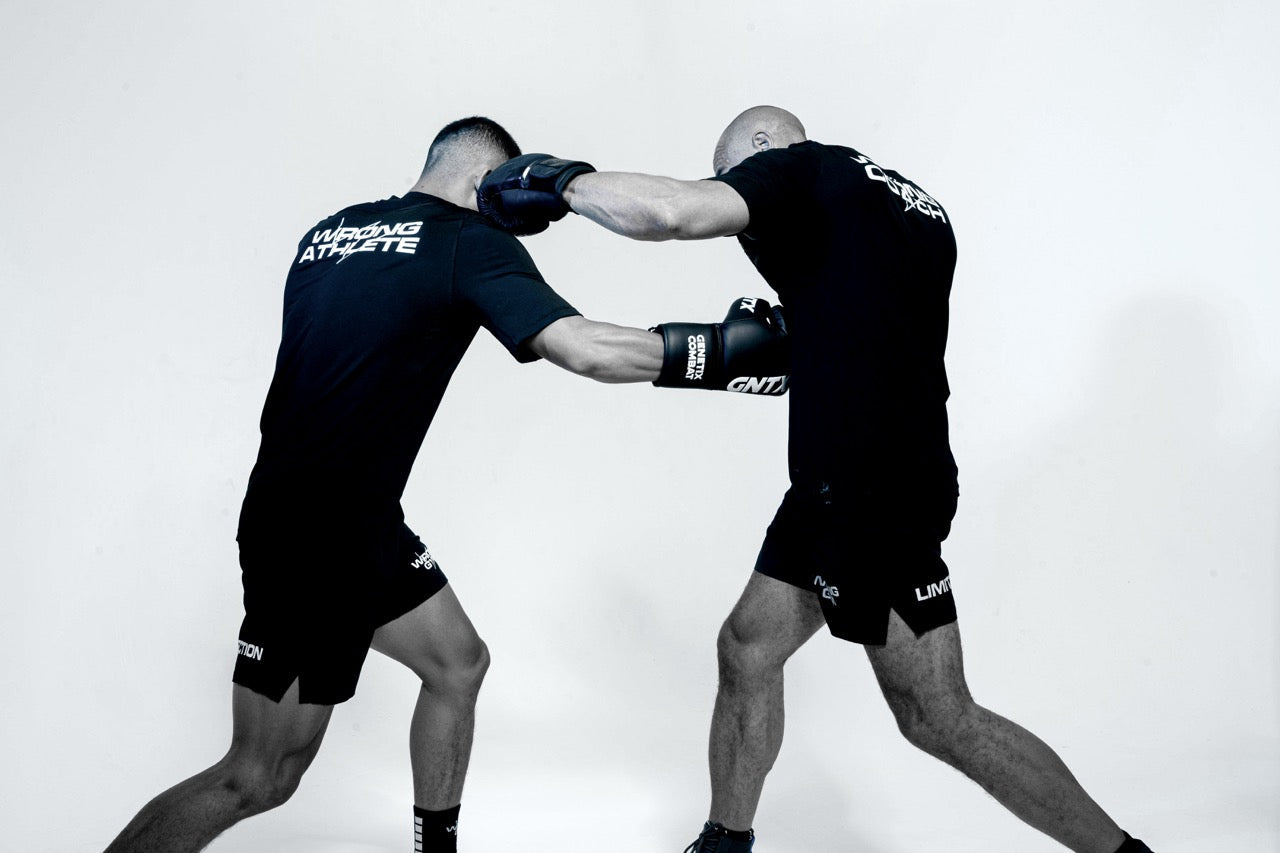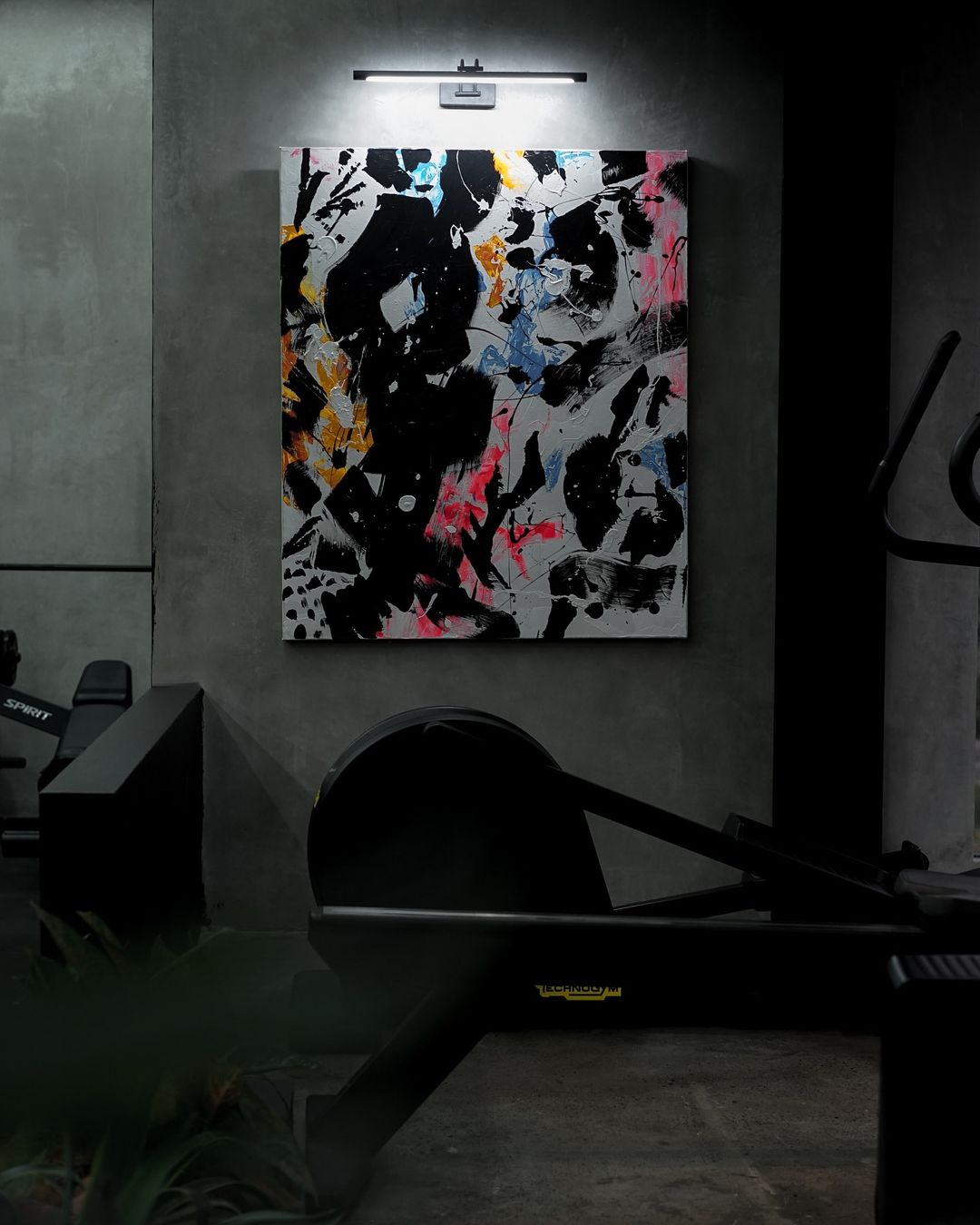Strong glutes aren’t just about aesthetics—they’re crucial for posture, athletic performance, and injury prevention. After my personal training sessions with Yola Prima at Wrong Gym, I realized that glute training involves much more than doing squats every day. Prima emphasized the importance of progressive overload, proper glute activation, and variety of exercises to maximize results.
In this guide, we’ll break down the best glute exercises, common mistakes to avoid, and how to use free weights or resistance bands for maximum glute gains. Backed by research and insights from glute specialist and Wrong Gym trainer Prima, this guide is perfect whether you’re just starting out or looking to take your glute workouts to the next level.
10 Exercises to Grow Your Glutes
1. Squats: Strengthen Glutes and Bones
Squats might not be the most glute-focused movement out there, but they’re a necessity when it comes to building overall lower-body strength. When performed with proper depth and form, they engage the glutes significantly. Like many beginners, I initially assumed squats would be my go-to exercise for glute development, but as I explored different movements, I realized that relying solely on traditional squats wasn’t the most effective approach. It still remains the basic foundation for most glute exercises and the easiest one to begin with.
Yola Prima’s Advice: “Squats alone won’t grow your glutes, but they’re essential for overall lower body strength. To maximize glute activation, go deep and drive through your heels.”
How to Perform a Squat
- Stand with feet shoulder-width apart, holding a barbell or dumbbells.
- Keep your chest up and engage your core as you lower into a squat.
- Push through your heels to return to standing.

Photo by Nike Pratiwi, Wrong Gym — Pictured here is me doing the squat with Prima ensuring that I keep my knees shoulder-width apart, but not too wide as I lower down to get maximum resistance and to hit the correct muscles.
2. Sumo Squats: Target Glutes, Hamstrings and Quads
This variation of the traditional squat emphasizes the abductors (inner thigh muscles), helping to improve balance, flexibility, and overall lower-body strength. By building these muscles, sumo squats can also support better posture and reduce the risk of lower back injuries.
One of the best things about sumo squats is their versatility. You can add a weight—such as a kettlebell or dumbbell—between your legs for increased resistance, or incorporate deficit blocks to deepen the movement and challenge your range of motion. Prima tends to incorporate deficit blocks often for me as my legs are a bit longer, which helps me achieve more movement.
From personal experience, sumo squats have been life-changing for my glutes training. Not only did they help me feel more confident by reducing the appearance of my hip dips, but I also noticed I could lift heavier with this stance compared to a standard squat. Plus, the variety of squat variations kept my workouts engaging, allowing me to push my limits.
Yola Prima’s Advice: “Sumo squat is the sibling of squat that you need in your life to get those glutes prime-level.”
How to Perform a Sumo Squat
- Stand with feet in a wide stance, more than shoulder width apart, with toes pointed on an angle outwards.
- Lower yourself by bending the knees and ensure hips are pushed back.
- Once your thighs are parallel to the floor, come back up and repeat.

Photo by Nike Pratiwi, Wrong Gym — Doing the sumo squat with Prima, focusing on form and ensuring that my knees are spread out more than shoulder width apart, with my hands directly below me, where I would be holding a weight eventually.
3. Bulgarian Split Squats: Single-Glute Strength
Research shows single-leg exercises increase glute activation, improving hip stability and balance. I liked this because I had some help with the bench to balance me but it was definitely a lot more resistance for my isolated legs, having my weight distributed to mostly one leg.
If you’re looking for a lower-body exercise that truly burns your glutes, Bulgarian split squats should be at the top of your list. This single-leg movement not only strengthens and sculpts your glutes but also helps correct muscle imbalances by forcing each leg to work independently. Research backs this up—single-leg exercises have been shown to enhance glute activation, improve hip stability, and promote better physical balance.
At first, I found Bulgarian split squats to be a real challenge. Balancing on one leg while the other rests on a bench felt foreign and unfamiliar. However, that instability forced me to engage additional muscles, making the exercise even more effective. Thankfully, I had some guidance from Prima, who helped me nail my form. Having the bench for support was helpful, but I quickly realized that my working leg had to do all the heavy lifting. It was tough, but the burn was undeniable proof that it was working.
Yola Prima’s Advice: “Bulgarian split squats are my favorite for glute isolation, and I use them to stretch my quads before a workout too!”
How to Perform a Bulgarian Split Squat
- Stand 2 to 4 feet in front of a bench, facing away
- have one leg resting on the bench behind you, lace is down, with your feet in mind with your hips
- Sync your body down until the knee of your back almost touches the floor. The front knee should be at a right angle
- Push up through your front foot to return to the start position.

Photo by Nike Pratiwi, Wrong Gym — performing the Bulgarian split squat with Prima, his hands on my hips to ensure that they don’t rotate or swing as I lower down, placing full emphasis on the forward leg.
4. Lunges: Tone Up Calves to Enhance Glute Shape
Lunges help to engage and tone the entire body while also stretching the hip flexors and strengthening the core through controlled motions. Proper alignment is key to reaping the full benefits, ensuring not just muscle and glute activation but also future injury prevention.
I’ll be honest, this one was a struggle for me at first as no matter how hard I tried, I kept losing my balance and leaning to one side. It felt frustrating, and I found myself wanting to skip it altogether. Over time, I picked up a few tricks to make it easier: Placing my hand on my hip gave me extra stability, and to focus on moving slowly and deliberately rather than rushing through the reps.
Attending the fitness classes at Wrong Gym helped a lot, too. Breaking down the movement and prioritizing form over speed made a huge difference. Now, what once felt impossible has actually become enjoyable! Unlike other exercises where progress can feel slow, this one gives noticeable improvements with each session. Looking back, I’m glad I didn’t give up—because according to my friends, the results speak for themselves.
Yola Prima’s Advice: “Focus on putting the weight on the forward leg instead, and allow the leg behind to help you balance, that’s all it’s there for.”
How to Perform a Lunge
- Bend the knees and lower body until the back knee is a few inches from the floow
- The front thigh is parallel to the ground, the back knee pointed towards the floor
- Push back up to the starting position, keeping your weight on the heel of the front foot.

Photo by Nike Pratiwi, Wrong Gym — performing the lunge, with a lightweight dumbbell this time, my hand on my hip for balance.
5. Curtsy Lunges: Intensify Glute Power
Incorporating curtsy lunges into your fitness routine can lead to significant improvements in lower body mass and functional strength. The unique motion pattern challenges your muscles differently compared to traditional lunges, ensuring better muscular balance and joint stability.
From personal experience, mastering the standard lunge is essential before progressing to curtsy lunges. I found that maintaining balance during curtsy lunges was initially challenging, highlighting the importance of starting with lighter weights or no weights at all, to perfect form and control. As your stability improves, gradually increasing the weight can help in building strength without compromising technique.
Remember, proper form is key to maximizing the benefits of curtsy lunges and preventing injury. Focus on slow but accurate movements and listen to your body as you incorporate this effective exercise into your workouts.
Yola Prima’s Advice: “This is the cousin of the Lunge and it’s important in getting those glutes plump and aesthetically round!”
How to Perform a Curtsy Lunge
- Stand with your feet shoulder-width apart and your arms down at your sides.
- Putting your weight into your right foot, step back and around with your left foot— like a curtsy, allowing your arms to come up in front of you to a comfortable position.
- lunge down until your right thigh is parallel to the ground
- begin to straighten your leg, pushing up through your heel, returning your left foot to starting position
- repeat the steps with your other leg.

Photo by Nike Pratiwi, Wrong Gym — doing the curtsy lunge with Prima making sure that my legs are in a curtsy position and that I focus on not over-rotating my hips.
6. Step-Ups: Resistance for Glute Strength
Step-ups is an exercise that engages multiple muscle groups, making them an excellent addition to any workout routine. Not only do they target the legs and glutes, but they also activate the core, hamstrings, and calves, improving strength and stability. Step-ups work each leg independently and they help correct muscle imbalances, reducing the risk of injury and improving overall athletic performance. This movement also elevates your heart rate, making it an effective cardio workout that burns fat while toning the lower body. This is important as fat at your mid-section decreases, the contrast can make the glutes appear more defined, enhancing overall physique.
From my own experience, step-ups provide a full-body workout that I can feel instantly. While they primarily burn out my thighs, I also notice my abs working hard to maintain balance and control. The combination of strength training and endurance effort leaves me feeling stronger and more energized after each session.
Yola Prima’s Advice: “The way you lean forward or straight is important as these minor shifts will target different areas of your legs and glutes.”
How to Perform a Step-Up
- Stand facing a step, chair, box, or bench. Place your entire right foot onto the step.
- Shit, your way into your right foot to step up onto the bench. Bring your left foot up to meet your right so you’re standing with both feet on the bench.
- Return to the starting position by stepping down with the right foot, then the left, so both feet are on the floor.
- Alternate and repeat with the other foot.

Photos by: Nike Pratiwi, Wrong Gym — performing the step-up with Prima ensuring that my movement up and down is swift, with my back straight but hinged forward, and that I land on my toes.
7. Straight Leg Glute Kick-backs: Full Glute Extension
Incorporating straight-leg glute kickbacks into my workout routine has been a game-changer. Previously, I focused on the leaning variation, but after consulting with my trainer, Prima, I decided to switch things up. Prima emphasized that straight-leg kickbacks enhance hip extensions, tone and strengthen all glute muscles.
From my personal experience, I’ve noticed a significant improvement in my posture. This exercise engages the core effectively without requiring heavy resistance, making it a low-impact yet highly beneficial addition to my sessions. For those looking to increase intensity, incorporating resistance bands or utilizing gym machines can elevate the challenge.
Prima structures our training sessions to conclude with low-impact exercises like cable kickbacks. This approach allows us to gauge my energy levels and decide whether to push harder or take it easy, ensuring a balanced and personalized workout experience.
Yola Prima’s Advice: “Straight Leg glute kickbacks are my favorite way to end a session because it’s easier to play with the difficulty levels, and increase or decrease the weight depending on my client’s energy levels.”
How to Perform a Straight Leg Glute Kick-Back
-
Position yourself on your knees with your hands, shoulder-width apart at the level of your shoulders
-
Exhale and raise one leg, kicking it back out behind you without allowing your torso to change its angle or body to rotate.
-
Continue kicking your back until it is greater than parallel with the floor and completely straight
-
Inhale and bring your knee forward, returning your light to the starting position
-
Repeat with alternate leg

Photo by Nike Pratiwi, Wrong Gym — doing the straight-leg kickback with Prima ensuring that I am fully extending my leg and that my toes stay pointed upwards to focus on the right muscles.
8. Romanian Deadlifts (RDLs): Ultimate Hamstring & Glute Builder
The Romanian Deadlift (RDL) is perfect for targeting the posterior chain, particularly the glutes and hamstrings. Research from 2020 highlights that RDLs engage the glute muscles up to 88% of their maximum capacity, highlighting their effectiveness in glute development.
In my personal fitness journey, RDLs have become a staple. Under the guidance of my trainer, Prima, I discovered that performing RDLs without weights serves as an excellent dynamic warm-up, effectively stretching and preparing my muscles for more intense workouts. This approach has not only enhanced my flexibility but also allowed me to progressively lift heavier weights, leading to noticeable strength and glute gains.
Yola Prima’s advice: “Remember you are to HINGE, not SQUAT. Your knees and legs should not be moving.”
How to Perform a Romanian Deadlift
1. Hold a barbell or dumbbells with a slight bend in your knees.
2. Hinge at the hips, keeping the weight close to your legs as you lower.
3. Stop when you feel a stretch in your hamstrings, then return to standing.

Photo by Nike Pratiwi, Wrong Gym— performing a Romanian deadlift with Prima with a resistance band to ensure I don’t spread my legs too far apart when lowering downwards past my knees.
9. Single-Leg RDL (B-Stance RDL): Improves Proprioception (Balance for Glutes)
Incorporating single-leg Romanian deadlifts into your fitness routine offers numerous benefits, particularly in enhancing functional strength and balance. This exercise targets the posterior chain, focusing on the hamstrings and glutes, which are essential for hip extension and overall stability. By engaging these muscles, you not only improve performance in daily activities like walking and climbing stairs but also address muscular imbalances. Single-leg movements compel your core and stabilizing muscles to work harder, promoting better balance and coordination. Additionally, they allow you to identify and correct discrepancies between limbs, ensuring balanced strength development.
From personal experience, I discovered a significant strength disparity between my left and right legs. Focusing additional repetitions on my weaker side led to noticeable improvements in balance and overall strength. Initially, I experienced instability and trembling during the exercise, but with consistent practice, my balance improved, and I was able to progressively increase the weight each week.
Interestingly, I found single-leg Romanian deadlifts more manageable than lunges, possibly due to better balance in the former. Moreover, after incorporating this exercise into my routine, I observed enhanced performance on the stair climber and treadmill workouts as well.
Yola Prima’s Advice: “Make sure you are bending the knee in the back to add enough resistance to your hamstrings and glutes.”
How to Perform a Single-Leg RDL (B-Stance RDL)
-
Stand balancing on your right leg and hold a dumbbell with your left hand in front of your thigh.
-
sit your hips back as far as possible, allow your right knee to bend slightly. Your left leg should be straight.
-
keep your back flat, continue to bend at the waist only until the dumbbell is a bit past your knees
-
drive through your heel and push your hips forward to stand up to the starting position.

Photo by Nike Pratiwi, Wrong Gym — performing the single-leg RDL with Prima, reminding me to bend the back knee for more weight distribution to the forward leg.
10. Hip Thrusts: Key to Glute Growth
Hip thrusts are a must-learn exercise for targeting the glute muscles, offering full activation and growth potential. Studies have demonstrated that hip thrusts engage the glutes more effectively than traditional squats, positioning them as a top choice for those aiming to enhance glute strength and aesthetics.
Incorporating hip thrusts into your routine can be challenging yet rewarding. From personal experience, while the movement itself is straightforward, the intense muscle engagement can lead to significant discomfort during execution. However, this discomfort is a testament to the exercise’s effectiveness in promoting muscle hypertrophy. Adding hip thrusts to your workout routine not only enhances glute development but also contributes to improved overall lower body strength and stability.
Yola Prima’s Advice: “If you want fast glute growth, hip thrusts are non-negotiable. Focus on full range of motion, increase the weight over time, and always squeeze at the top.”
How to Perform a Hip Thrust
-
Sit on the floor with your back against a bench.
-
Bend your knees and place your feet flat on the floor.
-
Place the weights on your hips or lap.
-
Drive your hips up toward the ceiling by pushing through your heels.
-
Pause and squeeze your glutes at the top.
-
Slowly lower your hips back to the ground.

Photo by Nike Pratiwi, Wrong Gym— performing the hip thrust using a resistance band to ensure that my feet stay parallel to my shoulders.
Glute Focused Fitness Classes at Wrong Gym: Booty Build vs. Booty Burn
Beyond his personal training sessions, Yola Prima also leads glute-focused fitness classes at Wrong Gym; Booty Build and Booty Burn — both of which are specialized classes designed to help you grow your glutes.
Booty Build is held on the rooftop most mornings of the week. This is a class that focuses on heavier lifting with progressive overload, and structured training for muscle and glute growth.
Photo by Nike Pratiwi, Wrong Gym— Booty Build class on the rooftop
Booty Burn is held in the Hell Room some evenings of the week and it’s a class that focuses on glute toning and fat burning; This is achieved through high-rep, low-weight endurance training using bands, bodyweight, and plyometrics which is known to lift (think jumping).

Photo by Nike Pratiwi, Wrong Gym— Booty Burn class in the Hell Room
If you want to grow bigger, stronger glutes, choose Booty Build as it’s less reps but the intensity is driven by the increasing of weights. If you prefer toning, shaping, and endurance training, opt for Booty Burn as it consists of more reps and resistance bands over weights. In having tried both classes, my advice would be to do a mix of both as they both provide different benefits but all still pertaining to the glutes!
Final Thoughts – The Best Way to Grow Glutes Fast
Growing glutes isn’t always easy but the reward is substantial to your overall fitness levels. Remember to always activate those glutes with your resistance bands to get the most out of your workout. For maximum growth, don’t forget about progressive overload— increase the weights over time to push your muscles to the limit! Finally, rest is necessary to ensure that your muscles have enough time to grow and recover again before your next workout— doing so at the Wrong Gym recovery area with great views and good vibes is the cherry on top.
Ready to Grow Your Glutes? Join a Booty Build or Booty Burn class at Wrong Gym or book a 1-on-1 session with Trainer Yola Prima today!
Citations
Article: How to Do a Hip Thrust: Proper Form, Variations, and Common Mistakes by Malia Frey, M.A, ACE-CHC, CPT.
Source: https://www.verywellfit.com/how-to-do-a-hip-thrust-techniques-benefits-variations-5076783
Article: How to do Hip Thrusts The Right Way by Nicole Davis, CPT
Source: https://www.healthline.com/health/fitness-exercise/hip-thrusts
Article: Understanding the Barbell Hip Thrust by Pete McCall, Health and Fitness expert
Article: The Single-Leg RDL: How to Perform it, Common Mistakes and Advanced Variations
Article: How to do a Curtsy Lunge the Right Way by Nicole Davis, CPT




Share:
Transform Your Fitness Journey with Bodyworks at Wrong Gym in Pererenan, Bali
Boxing vs Muay Thai: Which One is Best For You? Featuring Wrong Gym Trainer Simon and Cakti